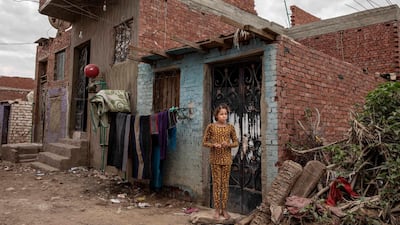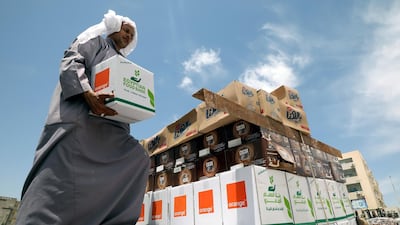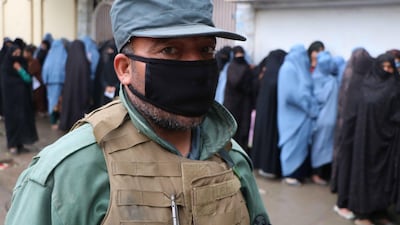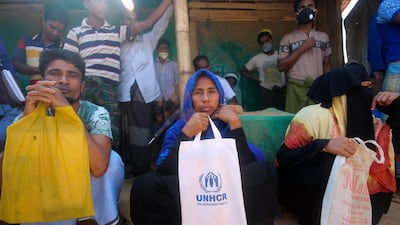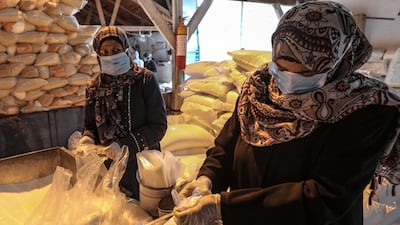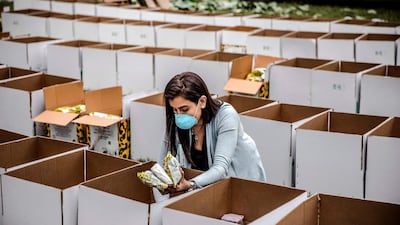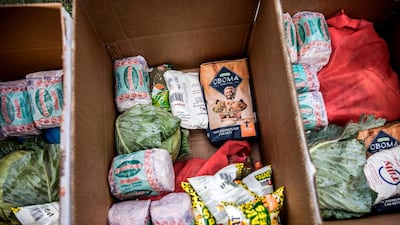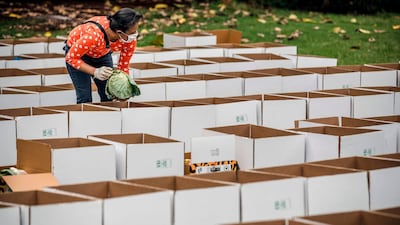As schools around the world have closed during Covid-19 lockdowns, many children have seen their learning suffer as face-to-face teaching has evaporated and stressed parents have been forced to take on the role of makeshift educator.
At the same time, children face a nutrition crisis as hundreds of millions of them have missed out on what were sometimes their only meals of the day. Even for those who were not already malnourished before the pandemic, the removal of school meals – a crucial source of nutrition – has put children at a much higher risk of health problems at a time when their bodies and brains are still growing.
The consequences are widespread and many children who rely on school food are at a heightened risk of deficiencies in three major micronutrients: Iron, Zinc and Vitamin A, said Carmen Burbano, the director of the World Food Programme’s feeding division.
These are particularly important because they are related to their cognitive abilities. “So not only are they malnourished, but they’re also less able to take advantage of education”, she said.
This means many children will therefore be very thin and lacking the sustenance needed when growing, and the impact is particularly concerning for girls and adolescents.
Girls "have special nutrient needs, especially when it comes to Iron because they start to menstruate and they need additional nutrients to be able to continue to be healthy," Ms Burbano told The National.
Earlier this week, the WFP and Unicef said more than 39 billion schools meals were missed during the pandemic.
Some 370 million children worldwide missed out on 40 per cent of in-school meals on average, and already malnourished youngsters missed out on vital, often specially designed meals supported and designed by the UN agencies that sought to plug the gap – sometimes the only proper food a child would eat during the day.
But the problems stemming from this are far wider than a child being underweight and are not simply confined to the poorest countries in the world. Obesity can also be a major issue, when low income families buy cheaper but more unhealthy food.
“In poor families, they also sometimes try to maximise the budget of the family and buy less nutritious but more bulky food. So at school they get stuff that they don’t get, like fruits and vegetables, they might get a little bit more protein, they might get a more diversified diet,” said Ms Burbano.
“So this has an effect of course on the child, on their health, on their wellbeing, on their ability to learn and to stay in school.”
Aid from the WFP does not just come through food supplies, but also supplements and guidance on a healthy lifestyle. Ms Burbano said school food programmes often teach children to eat more healthily, an important issue in middle and high income countries.
“Children from families that don’t necessarily eat well are also prone to obesity problems, which also comes from a fundamental issue of not really knowing what good nutrition is.”
Moving forward, UN agencies want schools to reopen as soon as they safely can. Evidence shows that in poor families school meals are equivalent to as much as 12 per cent of household income every month.
Some 24 million children are at risk of dropping out of education because of Covid-19 and evidence shows that school meals can incentivise them to return. The damage to children’s learning from the closures of classrooms has been widely documented, but lockdowns have also had a severe effect on the health of young people too.
“The big alarm is really to make sure that governments know the huge loss that they are about to incur over years to come if we lose a huge cohort of children to the crisis,” said Ms Burbano.



